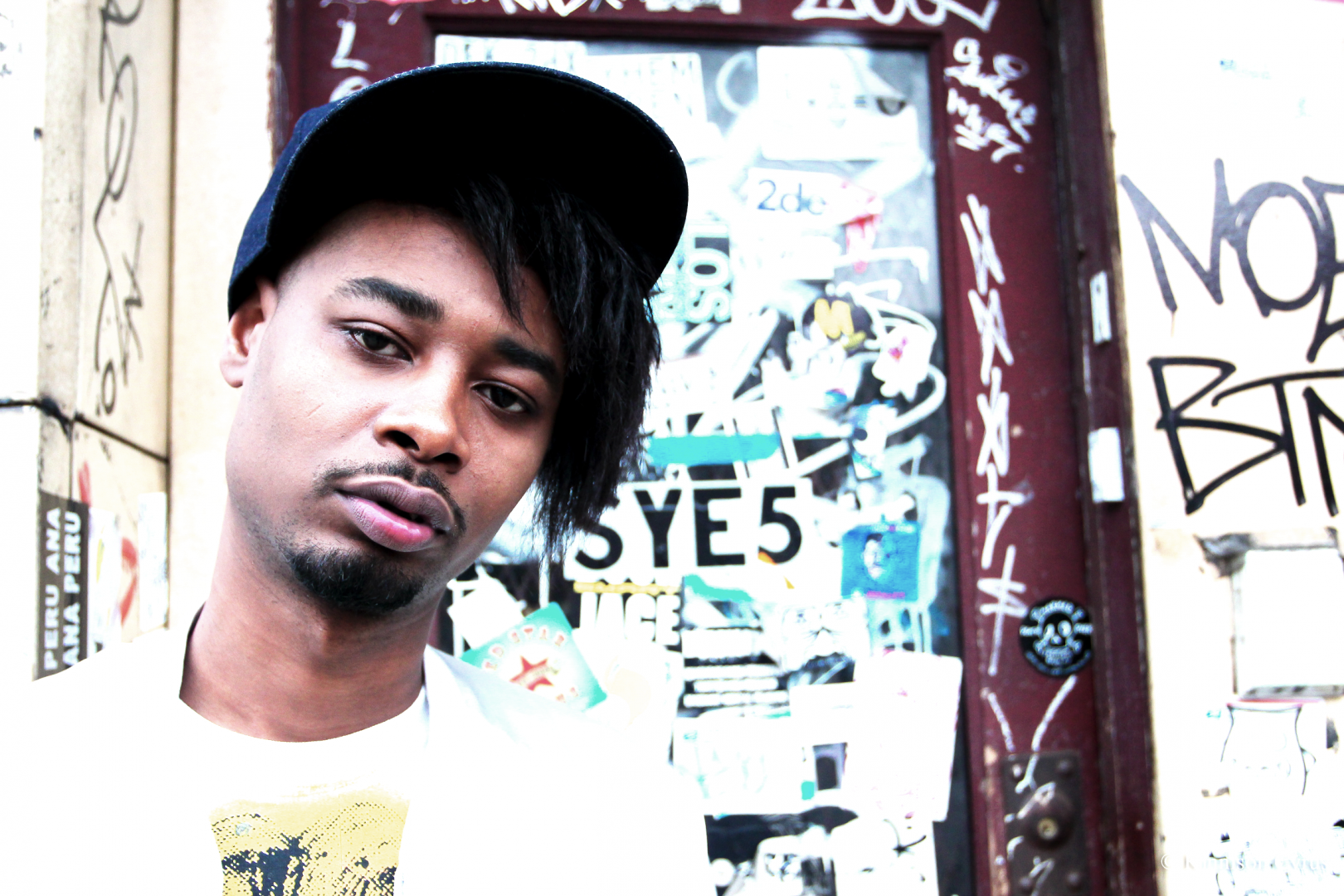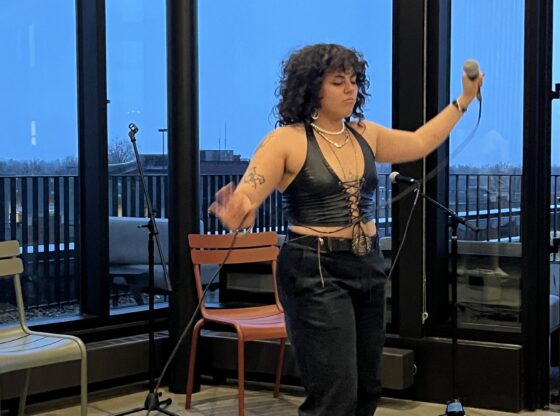Danny Brown is thirty-two years old. He’s been rapping for a while now, perhaps unrecognized, but he knows how to please people. He finally reached national prominence back in 2011 with his critically acclaimed album, “XXX.” It was awarded album of the year by multiple publications, most notably, Spin magazine. His follow-up, “Old” has been tremendously hyped all year and arrives as one of the most anticipated albums of 2013. With this album, Brown has handled the hype incredibly well and brought forth something even better than “XXX”
“Old” is split into two sides, similar to “XXX.” Side A is the more introspective part and deals directly with issues Brown has faced with fame: his dark, drug-filled past and his childhood in the ghetto of Detroit. The first song “Side A (Old)” has Brown telling his listeners that he is not going to rap about selling and making drugs anymore. He deals with his past up-front and has no issues telling his listeners they are not getting that “old” Danny Brown this time around. The next track of note is “25 Bucks,” which features an unlikely feature from indie/electronic duo Purity Ring. The combination works incredibly well and is one of the highlights of the album. That is followed by “Wonderbread,” which feels silly the first time you hear it, but tells the story of what Brown saw daily and the common occurrences on the poverty-ridden streets of Detroit. It also is extremely technically impressive and shows Brown’s versatility as a rapper. The beat is almost Seussical and features a change in Brown’s style that remains impressive through multiple listens.
The rest of Side A is highlighted by a stellar verse by Schoolboy Q on “Dope Fiend Rental” and continued reminders of Brown’s struggles in songs “Gremlins,” “Torture,” “Lonely,” “Clean up” and “Red 2 Go.” Lines such as “Problems in my past haunt my future and the present,” from “Clean Up” and verses in “Lonely” such as “I don’t need your help homie / Cause no one really know me” and “Hipster at heart, but I can tell you how the streets feel” really show the isolation Brown feels from the rest of his younger hip-hop peers and the divide his fans have in his style. Side B showcases Brown mostly rapping double-time over grimey, trap-influenced beats. This is expertly shown in “Side B (Dope Song),” “Dip,” “Break It (Go),” and “Handstand.” All of these songs have incredibly fast-paced beats and Danny excels at spinning his grime-infused gospel.
This album is not supposed to represent “XXX” two years later. This album is proving his career is about the recursive nature of drug-fuelled escapism and the inability to get away from where he started. This album is about Brown recognizing that he may have been suicidal at the end of his last album, but now he is in a position where everyone is forcing him to own up to that part of his life and rap like that “old” Brown. Because of the recidivist nature of escapism and drug addiction, he immediately embraces drugs to forget all about his denouncement earlier. In every fast-paced song on Side B, the bad memories from his youth still show up. This is on purpose, and the fact that the songs are even more drug-influenced is even more depressing. He does not care about what he said earlier, because he feels the drugs are helping him forget his darker years.
At the end of the album he seems to be in an even worse place than he was in his earlier days. He is in the midst of an intense drug binge that came about to treat the pain and desperation that was apparent on “XXX.” Suicidal depression is easier for people to recognize than the torrential image that Brown has created. This ending is not meant to inspire sympathy from anyone; it is meant to capture the fear of a man becoming what he feared the most. He is organizing an image of himself becoming the addict that he witnessed in his youth.
Perhaps the only part of the album that could be criticized is the lack of the track “ODB.” It was originally supposed to be the closing song and would balance the album with ten songs on each side. “ODB” deals with Brown’s age and reflects on the person some people view to be his predecessor in rap, the deceased member of Wu-Tang Clan, ODB. He passed away from his own downward spiral into drugs and his story can relate personally to Brown’s. This track was not able to have its sample cleared so it leaves the album slightly unbalanced. Without this track, the message that Brown was trying to portray might not be as obvious, but should still be realized by his listeners. This album is incredibly emotional and entertaining; if you have a chance to sit down and listen track-by-track, you should.











